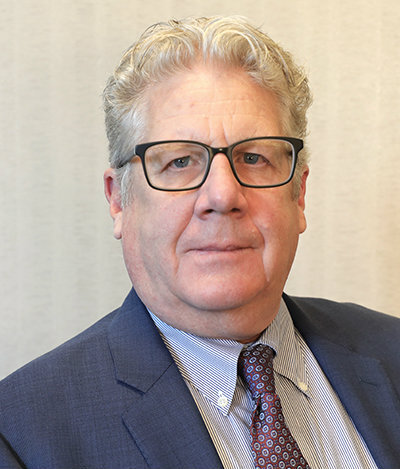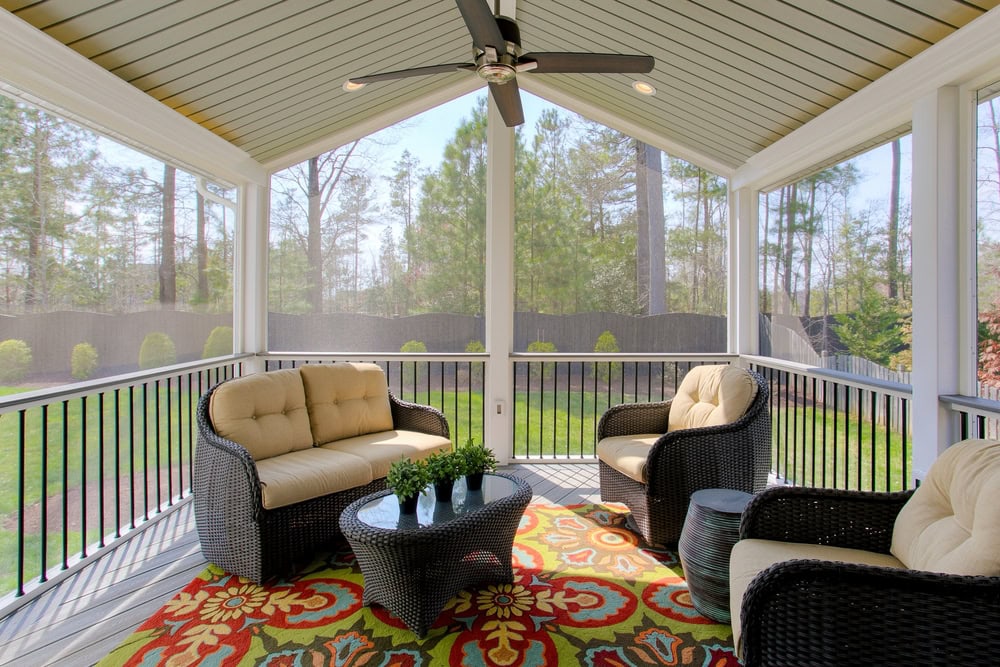Reverse mortgages have a minimum age requirement that serves as a key differentiator for the product. But it also leads to questions about how much — or how little — technology tools can or should interact with the business.
But things seemed to take a step forward last week when one of the leading lenders in the space, Fairway Independent Mortgage Corp., announced that it was implementing hybrid e-closings into its reverse mortgage processes.
While some documents still legally require a so-called “wet” signature, incorporating more technology into these elements of the business is seen by others in the space as a positive step forward.
To get a better understanding of where the technology ecosystem in the reverse space lies today, HousingWire’s Reverse Mortgage Daily (RMD) sat down with specialists at two other leading lenders and the president of the National Reverse Mortgage Lenders Association (NRMLA). A Fairway representative declined to comment further on its recent move.
Where the tech stack is today
When asked to assess where the reverse mortgage technology stack sits today, Brian Conneen, the recently appointed chief information officer at Finance of America (FOA), said that the largest opportunity exists within digital customer experiences.
“They are mainstream in many lending products, and now reverse mortgage customers expect the same type of engagement,” Conneen said. “Digital customer experiences also dramatically benefit providers, allowing willing customers to self-serve parts of the originations process while still having access to knowledgeable representatives.”
 Bill Packer
Bill PackerBill Packer, chief operating officer at Longbridge Financial, said his company continues to find ways to make product interactions “more straightforward and effortless.” This also includes digital experiences such as website enhancements and the development of an AI-powered chatbot it calls “Bridget.”
“Bridget has become highly knowledgeable about both the HECM and our Platinum products, and is currently learning our servicing guidelines,” Packer said, referring to its brand-name proprietary reverse mortgage offerings.
“We’ve piloted the technology with a select group of clients, and we’ll soon make the chatbot capability available for general use. The feedback has been extremely positive, and Bridget continues to become smarter every day.”
It’s not necessary for customers who have either a digital or non-digital preference to be left behind either, Conneen added.
“Customers who prefer to remain in digital experiences are well served and representatives have more time to help the customers who want more hands-on assistance,” he said. “Creating this kind of flexible customer experience will help companies in the industry stay ahead of the curve.”
NRMLA President Steve Irwin described how he is “delighted” about Fairway’s hybrid e-closings announcement. He said it’s all about properly assessing the comfort level of the consumer and attuning to their needs.
“When we look at origination platforms, application processes, servicing processes, and servicing platforms, it’s clear that our members always aim to meet the consumer where they are,” Irwin said.
“If the consumer is able and comfortable with various technological advances, our members and the industry must ensure we can engage with them in those spaces — whether that’s online access, AI interfaces or other tech improvements that support the consumer. That’s nothing but positive for the industry.”
Institutional barriers?
It’s not a simple process to incorporate more technology into the reverse mortgage space, since mortgages are already highly regulated and those focused on older Americans are arguably even more heavily scrutinized.
When asked if there were institutional barriers that have prevented more widespread adoption of technology into reverse mortgage processes, each professional seemed to have an optimistic viewpoint.
Packer said there has been demonstrable progress over the past several years. But he noted that the size of the reverse industry relative to the forward mortgage side has exposed some roadblocks.
 Steve Irwin
Steve Irwin“Technology investment in a niche industry like ours can sometimes drive higher per-unit costs, but it also creates enormous potential to reshape how we serve clients,” he explained. “As we continue to build scale and demonstrate the value of our solutions, I believe more technology providers will see the opportunity to work with us in both originations and servicing.”
Some of the barriers to adoption that Irwin has heard center on industry efforts to connect more with forward partners, he said.
“On the forward mortgage side, the technologies don’t always communicate well with each other,” Irwin explained. “While a reverse mortgage is still a mortgage, there are critical differences — in processes, in terminology and in systems. So loan origination systems don’t always talk to the range of point-of-sale technologies that are out there.”
Another piece of the puzzle is the broader regulatory environment, which certainly needs to be a part of any conversations about technology incorporation, Packer said.
“Certainly, the regulatory environment has created some unintended consequences,” he said. “But I’m energized by the opportunity to work alongside NRMLA and the Mortgage Bankers Association (MBA) as they engage with the new administration to find smart ways to reduce unnecessary barriers, while preserving the best practices that protect consumers.”
.png)
 German (DE)
German (DE)  English (US)
English (US)  Spanish (ES)
Spanish (ES)  French (FR)
French (FR)  Hindi (IN)
Hindi (IN)  Italian (IT)
Italian (IT)  Russian (RU)
Russian (RU) 








Comments